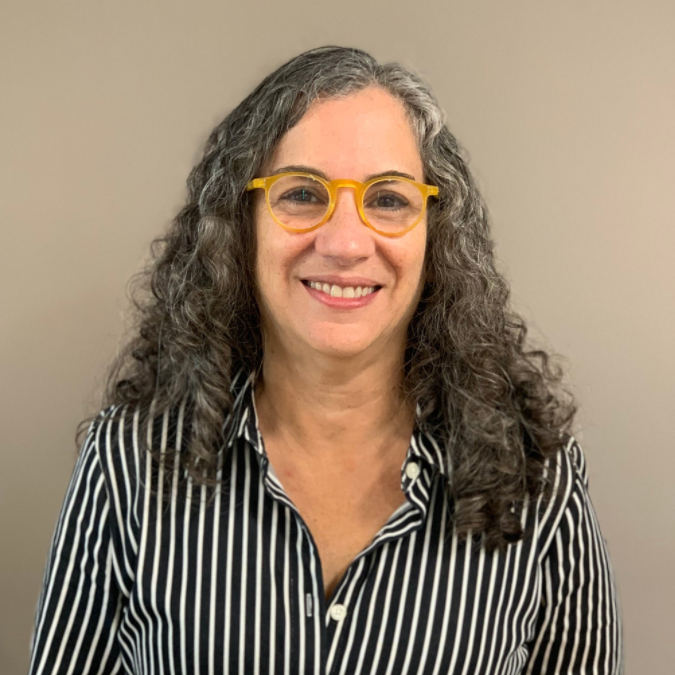There are billions of dollars in federal funds available for recovery, but we do not have the workforce with the technical and professional skills needed to restore Puerto Rico. There is a severe shortage of workers in many sectors, including health care, education, and construction. A report by the U.S. Bureau of Labor Statistics (2021) stated that about 40,000 people are needed to work on the reconstruction.
The fiscal plan calls for improving technical education to ensure the economic growth needed to pay bondholders and achieve a sustainable recovery. Low education levels at a time when the global economy requires greater technical skills in the workforce could mean we cannot compete globally.
Postsecondary education improves economic opportunities for the individual and society. While more than 50% of the population with a high school degree or less lives below the poverty line, two-thirds of those with some college courses are above the poverty line. Only 39% of adults over the age of 25 in Puerto Rico have an associate’s degree or higher, and access to a degree is highly unequal.
Much of the workforce we need are skilled, certified construction workers and medical personnel to care for our elderly. One of President Biden’s priorities is community colleges. They offer technical education, associate degrees, and in many cases the opportunity for students with educational or economic difficulties to complete a bachelor’s degree. However, public community colleges are almost non-existent in Puerto Rico.
Education in Puerto Rico is very unequal. At the elementary and secondary level, parents with financial resources enroll their children in private schools, while the poor are isolated in the public schools that have not been closed down, with in many cases a poor-quality education and limited resources. In the postsecondary system, the opposite is true. The public system is effective and selective, but it is shrinking. This could mean that only a privileged group of students would have access. For many low-income students, the private system is the only route to university. However, private universities are more expensive and perform worse in terms of retention and numbers of graduates than the public system.
How do we rebuild the middle class and provide opportunities for our young people in Puerto Rico? We need to develop opportunities for the future that allow for sustainable development by investing in our people. Postsecondary education is an economic growth strategy employed by the fastest growing countries in the world, such as South Korea, China, Germany, and the United States. In Puerto Rico, postsecondary education must be part of a comprehensive regional economic development system. However, the government in its growth plan and the Fiscal Oversight Board ignore the role that the University of Puerto Rico has played in transforming our society from agrarian to industrial and continue to cut its budget. These cuts and their consequence on the availability of resources, personnel, and tuition increases are unprecedented in the United States.
A blueprint for economic growth requires addressing these issues. The postsecondary system in Puerto Rico needs the resources to produce the workforce of the future and strengthen the middle class, but it also needs clear goals for access, affordability, equity, and student success. In addition, evaluating whether the practices and policies of the institutions meet these goals to improve student progress and demonstrate the great impact of these institutions on society is essential. We need strong institutions to develop our skills and respond to Puerto Rico’s needs.

